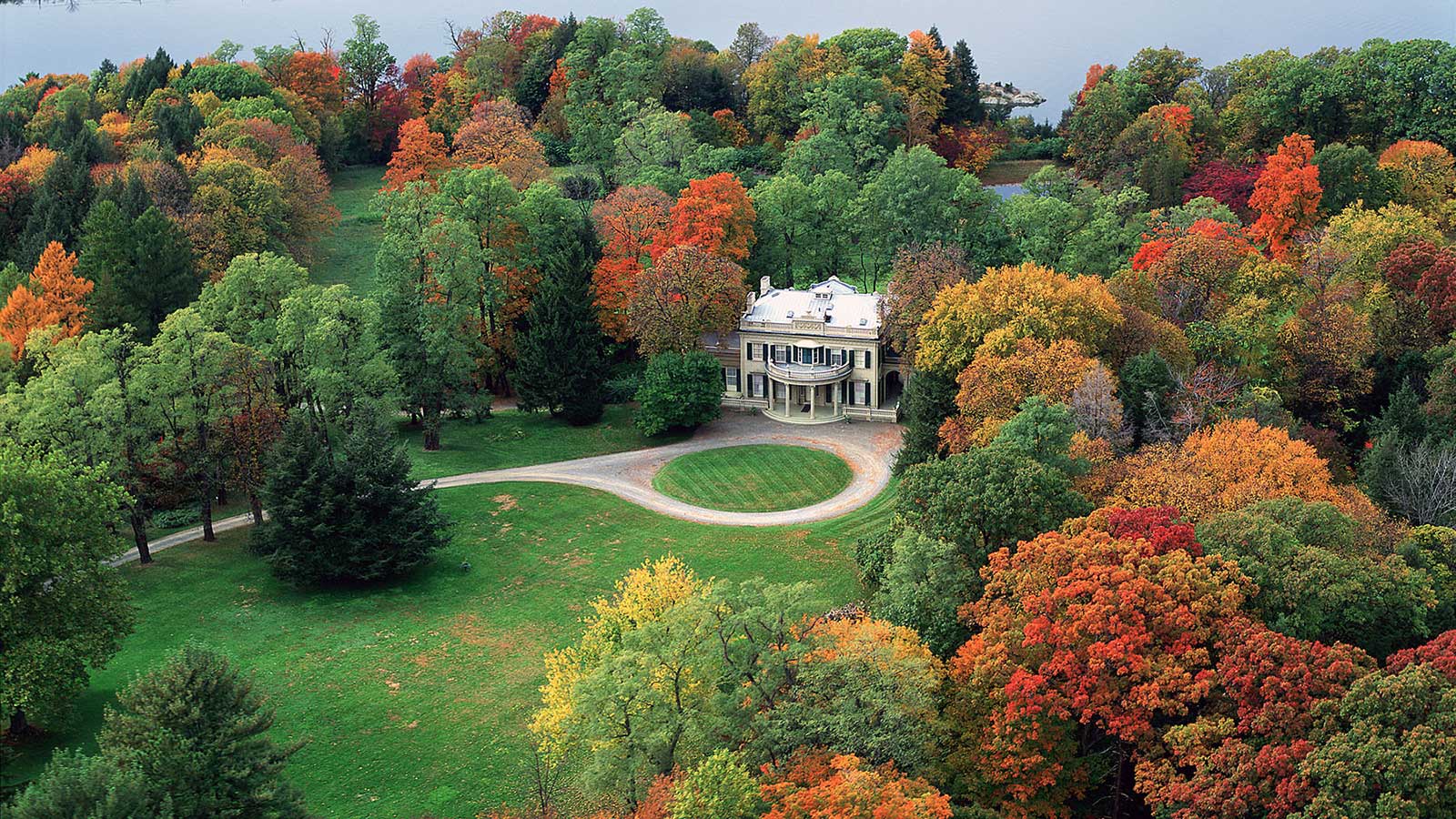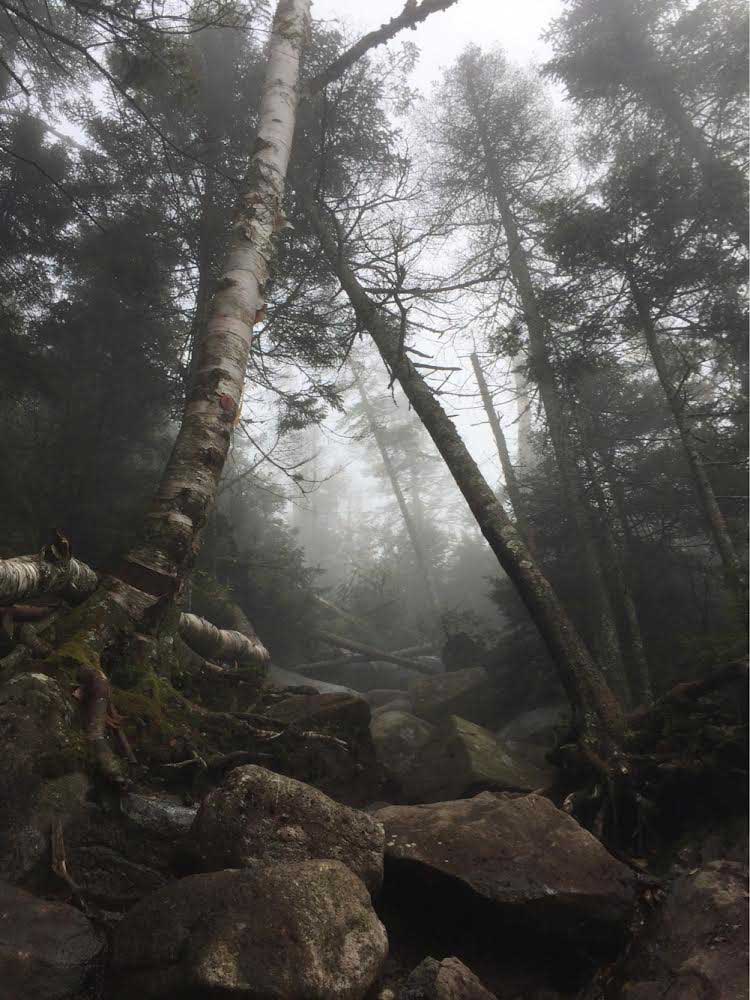
In the spring at the South Woods Preserve, an old-growth forest at Bard College, the woods fill with birdsong. On a single morning, Susan Rogers spotted 35 species of birds. “When you walk into an old-growth forest, you feel like the past is with you,” said Rogers, a nature-writing Professor. Old-growth forests are rich habitats for wildlife. But they are rare. These five forests survived to tell their stories.
South Woods Preserve at Annandale-on-Hudson, New York Some of the greatest old-growth forests are on private land. Although they remain protected from developers, nature lovers rarely have a chance to enjoy them. The South Woods Preserve was among those places until 1986, when its owners, the Delafield family, donated the 60-acre retreat to Historic Hudson Valley who sold it to Bard College. The story of its protection is unlike any I had ever heard. The Native Americans who sold the land said it was sacred and made the owners swear to never cut it down. The result of that promise is a cathedral of towering white pines, hemlocks, and oak trees. Groundskeeper Dan McKenna knows all the secrets of the trails.
Thain Family Forest in the Bronx The Thain Family Forest at the New York Botanical Garden was once the pleasure grounds of the wealthy Lorillard family in the 18th century. Their endowment to the city was a 50-acre oak and hemlock forest. While listening to the Bronx River, which drowns out all the noise of the city, I saw a great heron swoop down to the water. The forest is also a nesting ground for the great horned owl, which has a distinct courtship call that can be heard in the fall. “You don’t have to trek to the Adirondacks to see old-growth,” said ecologist Michael Gaige. “This forest is so accessible that I took my mother, in her seventies, and that’s special.”
Mianus River Gorge in Bedford Village, New York This 100-acre forest of hemlock, beech, and tulip poplars was spared the ax because the land, which slopes sharply down to the river, wasn’t fit for agriculture. When the main trail forks, take the trail that goes downhill. Sprinkled on the path, you’ll find shards of quartz and feldspar, which were commercially mined there until the turn of the last century. Sit at the bottom of the quarry and tune into the sounds of the forest. In the fall, stay for the owl walk at dusk.
Mettler’s Woods in East Amwell, NJ This 65-acre oak-hickory forest has seen many things in its long life. British soldiers marched by here when they raided East Millstone during the Revolutionary War. The land was nearly sold off to developers in the 1940s, but was saved by a carpenter’s union — go figure — that was moved by its beauty. It was then named Mettler’s Woods in honor of its president. It’s a mystery why this forest was spared despite being part of a homestead for a family of Dutch colonists. Max Piana, the land manager from Rutgers University, believes these settlers were early preservationists. In April, wildflowers, like mayapple and spring beauty, cover the understory and the dogwoods bloom in a “sea of color,” Piana said. The tour schedule can be found here.

Ampersand Mountain in Saranac, New York The woods surrounding Ampersand Mountain were saved when the Adirondacks became a state-protected preserve in 1892. This mountain, named after a nearby creek shaped like an ampersand, is one of the last great vestiges of eastern hemlocks, most of which were killed off by the woolly adelgid, an invasive pest. It is beloved by Gregory McGee, a biology professor at SUNY, who studies mosses found in old-growth forests. After an hour into my hike — over footbridges that span streams and wetlands — the trail inclines sharply. It’s up to you: turn back to the trailhead or press onward to the summit. For those determined to reach the top, a hiking pole is a must — but the views are so worth it.